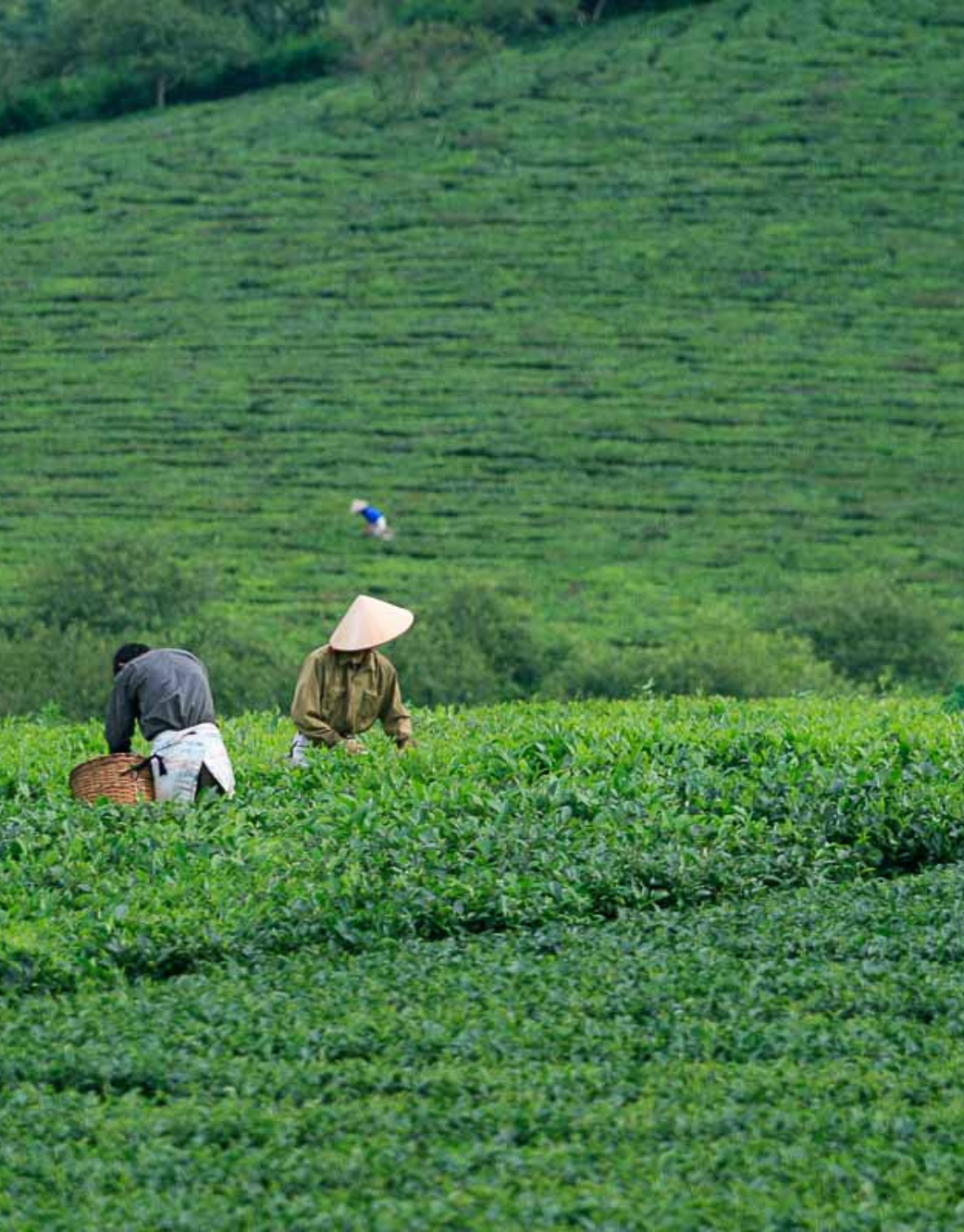The Rich History of Tea in Persia: A Timeless Tradition

Tea, or "chai" as it is known in Persian, holds a revered place in the history and culture of Iran, once ancient Persia. The story of tea in this region is as rich and complex as the flavors of the tea itself, evolving over centuries from a luxury commodity to an everyday staple of Persian life.
Early Beginnings
Although tea is an integral part of Iranian culture today, it was not always so. Tea first made its way into Persia in the 15th century through the Silk Road, but it was not until the 19th century that it became popular. Before tea, the most common beverages were coffee and hot chocolate, served primarily in the khans (traveler inns) along major trade routes.
Tea Takes Root
The turning point came in the late 1800s when Prince Mohammad Mirza, known as Kashef Al Saltaneh, who was educated in France and served as the Iranian consul in India, saw an opportunity to cultivate tea in Iran. Disguised as a French laborer in India, he learned the intricacies of tea cultivation and processing. He returned to Persia with seeds and the necessary knowledge to cultivate tea locally, planting them in the fertile soils of Lahijan in Gilan province, by the Caspian Sea. This area's climate proved perfect for tea cultivation, marking the start of a flourishing tea industry in Persia.
Cultural Integration
By the early 20th century, tea had become entrenched in the daily life of Persians. The national ritual of tea-drinking was observed several times throughout the day. Tea houses, or "chaikhanehs," became community hubs where people of all ages and classes would gather to discuss politics, share news, and enjoy poetry over cups of freshly brewed tea.
Tea Today
Today, tea is an inseparable part of Persian culture, served at almost every meal and across all social occasions, from casual visits to formal celebrations. Persian tea is typically strong, often brewed in a samovar (a traditional heating element) and can be enjoyed plain or with a variety of flavorings such as cardamom, rose petals, or saffron. A typical Persian tea is rarely taken without a sweet treat like sugar cubes, dates, or honey.
The tradition of tea drinking is also reflective of the renowned Persian hospitality. Offering tea is a sign of respect and warm welcome to guests in an Iranian home, symbolizing friendship and community.
The history of tea in Persia is a fascinating journey from obscurity to ubiquity. It is a testament to how a simple beverage can become deeply intertwined with the identity and traditions of a nation. Today, as you sip a cup of fragrant Persian tea, you're not just tasting a drink but experiencing a piece of Persian heritage that has been cherished through the ages.




